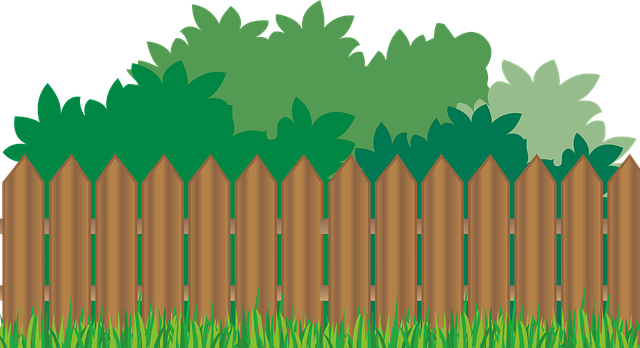In coastal regions, where harsh weather conditions and salt air pose unique challenges, selecting the right fencing material is paramount. This article explores the benefits of durable wooden fencing as a robust and aesthetically pleasing solution for your coastal property. We delve into the essential considerations, from understanding specific fencing needs to choosing the ideal wood species, installation best practices, and maintaining longevity in challenging environments.
- Understanding Coastal Fencing Needs
- Advantages of Durable Wooden Fencing
- Choosing the Right Wood Species
- Installation and Maintenance Tips
- Longevity and Environmental Factors
Understanding Coastal Fencing Needs
In coastal areas, fencing plays a dual role—it provides privacy and security while protecting against the relentless assault of salt air, strong winds, and potential storm surges. Understanding these unique challenges is crucial for selecting the right material and design. Traditional fencing materials like metal or vinyl may not hold up well to the corrosive marine environment, making durable wooden fencing an attractive alternative.
Coastal areas also often have stringent building codes and regulations due to their vulnerability to extreme weather events. Wooden fencing, when chosen from treated and weather-resistant species, can meet these requirements while offering aesthetic appeal. Additionally, a well-designed fence can blend seamlessly with the natural surroundings, enhancing the overall beauty of coastal properties without compromising their resilience.
Advantages of Durable Wooden Fencing
Durable wooden fencing offers numerous advantages for coastal areas, where traditional materials might struggle against harsh weather conditions and salty environments. One of its key benefits is aesthetics; natural wood adds a warm and inviting look to any property, blending seamlessly with coastal landscapes. Moreover, it provides privacy and security without compromising the scenic beauty.
This type of fencing is also highly durable and low-maintenance. Treated wooden fences can withstand strong winds, storms, and even salt water exposure, ensuring longevity. Regular cleaning and minimal upkeep are all that’s needed to keep them looking their best, making them an attractive option for homeowners and property managers alike.
Choosing the Right Wood Species
When selecting wood for coastal fencing, choosing the right species is paramount to ensure longevity and resistance against harsh marine environments. Softwoods like cedar and redwood are popular choices due to their natural resistance to decay and insects. These woods have a high oil content that repels water, preventing moisture-related damage.
However, for areas with salty air and frequent coastal storms, harder species such as oak or teak might be more suitable. These trees endure extreme conditions naturally, making them sturdier against wind and salt corrosion. Additionally, treating the wood with preservatives can further enhance its durability, ensuring your fencing stands strong against the coastal challenges.
Installation and Maintenance Tips
When installing wooden fencing in coastal areas, it’s crucial to ensure proper preparation and placement to withstand harsh weather conditions. Start by leveling the ground and installing a sturdy foundation. Use treated, durable wood suitable for exterior applications, such as cedar or redwood, to enhance longevity. Consider raising the fence slightly above ground level to prevent moisture absorption. A gap between the fence and the ground allows for drainage and airflow, reducing the risk of rot and pest damage.
Regular maintenance is key to keeping your coastal wooden fencing in top condition. Perform routine inspections to identify and address any signs of wear or damage promptly. Apply a fresh coat of water-repellent sealant every few years to protect the wood from salt spray and moisture. Keep the area around the fence clear of debris, especially during storms, to prevent branches from causing impact damage. Regular cleaning with mild soap and water can also help maintain the fence’s aesthetic appeal and prolong its lifespan.
Longevity and Environmental Factors
Durable wooden fencing designed for coastal areas must be built to withstand harsh environmental conditions, including saltwater exposure, high humidity, and strong winds. Natural wood can degrade rapidly under such circumstances due to rot, insects, and extreme weather events. However, advancements in wood treatment technologies have significantly increased the longevity of wooden fences in these regions.
Treated with preservatives and sealed against moisture, durable wood fencing can last for decades with minimal maintenance. Environmental factors play a crucial role in determining the life expectancy of any fence, but proper selection and treatment ensure that wooden barriers can protect properties while gracefully enduring coastal challenges.
